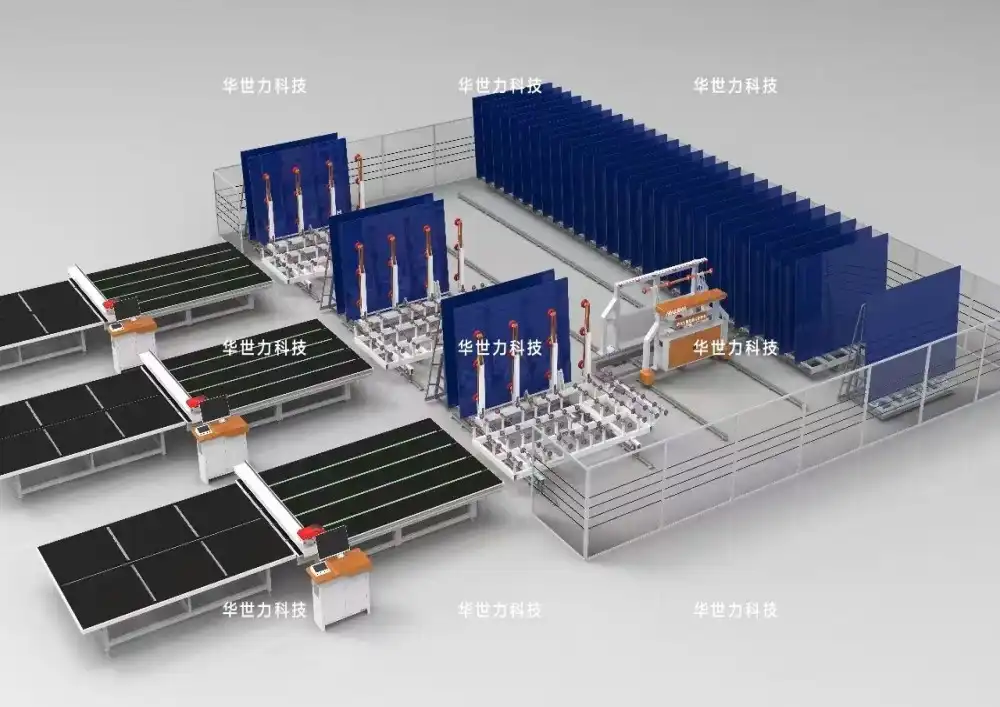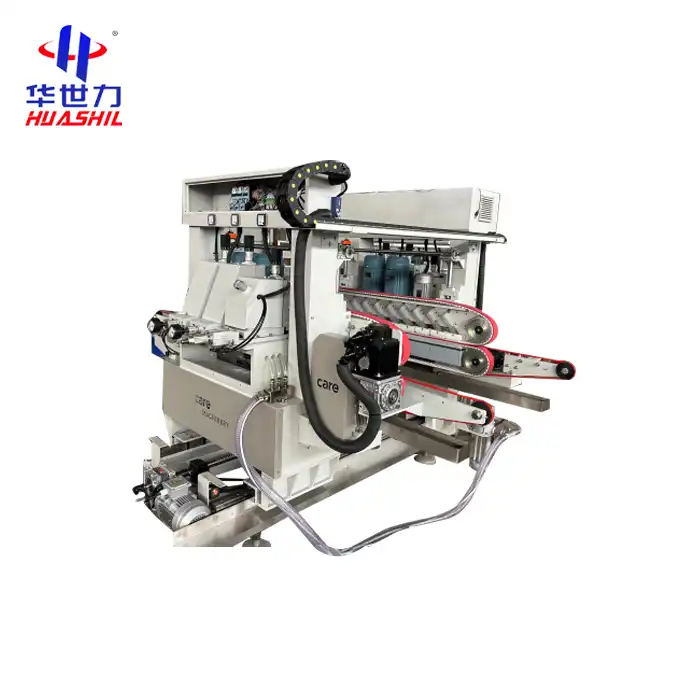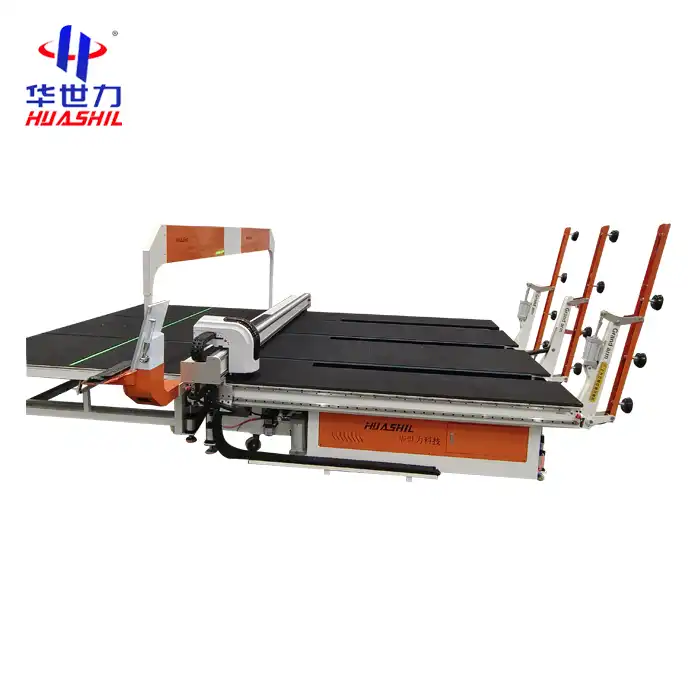- English
- French
- German
- Portuguese
- Spanish
- Russian
- Japanese
- Korean
- Arabic
- Greek
- German
- Turkish
- Italian
- Danish
- Romanian
- Indonesian
- Czech
- Afrikaans
- Swedish
- Polish
- Basque
- Catalan
- Esperanto
- Hindi
- Lao
- Albanian
- Amharic
- Armenian
- Azerbaijani
- Belarusian
- Bengali
- Bosnian
- Bulgarian
- Cebuano
- Chichewa
- Corsican
- Croatian
- Dutch
- Estonian
- Filipino
- Finnish
- Frisian
- Galician
- Georgian
- Gujarati
- Haitian
- Hausa
- Hawaiian
- Hebrew
- Hmong
- Hungarian
- Icelandic
- Igbo
- Javanese
- Kannada
- Kazakh
- Khmer
- Kurdish
- Kyrgyz
- Latin
- Latvian
- Lithuanian
- Luxembou..
- Macedonian
- Malagasy
- Malay
- Malayalam
- Maltese
- Maori
- Marathi
- Mongolian
- Burmese
- Nepali
- Norwegian
- Pashto
- Persian
- Punjabi
- Serbian
- Sesotho
- Sinhala
- Slovak
- Slovenian
- Somali
- Samoan
- Scots Gaelic
- Shona
- Sindhi
- Sundanese
- Swahili
- Tajik
- Tamil
- Telugu
- Thai
- Ukrainian
- Urdu
- Uzbek
- Vietnamese
- Welsh
- Xhosa
- Yiddish
- Yoruba
- Zulu
Is Training Required to Operate an Automatic Glass Breaking Machine?
Operating an automatic glass breaking machine requires careful consideration of safety protocols, technical knowledge, and proper training procedures. As glass processing technology continues to advance, understanding the requirements for operating these sophisticated machines becomes increasingly important for manufacturers and operators alike. This comprehensive guide explores the various aspects of training requirements, operational considerations, and best practices for automatic glass breaking machine operation.

What Are the Essential Safety Requirements for Operating an Automatic Glass Breaking Machine?
Personal Protective Equipment and Safety Protocols
Operating an automatic glass breaking machine requires strict adherence to safety protocols and proper use of personal protective equipment. Operators must be equipped with safety glasses, cut-resistant gloves, steel-toed boots, and appropriate workplace attire. The workspace around the automatic glass breaking machine must be kept clear of obstacles and debris to prevent accidents. Regular safety audits and inspections ensure compliance with OSHA standards and industry regulations. Additionally, operators need to understand emergency shutdown procedures and maintain clear access to emergency stop buttons. Proper ventilation systems must be in place to manage glass particles and dust generated during the breaking process.
Machine Safety Features and Mechanisms
Modern automatic glass breaking machines come equipped with various safety features that operators must understand thoroughly. These include light curtains, safety interlocks, emergency stop systems, and protective enclosures. The machine's control panel typically includes multiple safety switches and monitoring systems that prevent operation when safety conditions are not met. Operators must be trained to recognize when these safety features are functioning correctly and understand the implications of any malfunction. Regular maintenance and testing of safety features ensure consistent protection for operators and nearby personnel.
Risk Assessment and Emergency Procedures
A comprehensive understanding of potential hazards and emergency procedures is crucial for safe operation. This includes identifying risks associated with different types of glass materials, machine malfunctions, and operational errors. Operators must be trained in emergency response protocols, including proper evacuation procedures, first aid measures, and communication with emergency services. Regular drills and safety meetings help reinforce these procedures and keep operators prepared for potential emergencies. Documentation of safety incidents and near-misses provides valuable data for improving safety protocols.

How Does Technical Training Impact the Efficiency of Automatic Glass Breaking Machine Operations?
Machine Programming and Control Systems
Technical training for automatic glass breaking machine operation involves understanding sophisticated control systems and programming interfaces. Operators must learn to input correct parameters for different glass types, thicknesses, and breaking patterns. This includes mastering the machine's user interface, understanding numerical control systems, and troubleshooting basic programming issues. Advanced training may cover custom program creation for specialized breaking patterns and optimization of machine parameters for maximum efficiency. Regular software updates and new feature implementations require ongoing technical education.
Maintenance and Troubleshooting Skills
Effective operation requires knowledge of routine maintenance procedures and basic troubleshooting capabilities. Operators must understand how to perform daily inspections, identify wear patterns, and recognize early signs of potential problems. This includes checking hydraulic systems, verifying alignment mechanisms, and maintaining proper lubrication schedules. Training in basic mechanical and electrical troubleshooting allows operators to address minor issues quickly, reducing downtime and maintenance costs. Understanding the relationship between proper maintenance and machine performance is crucial for optimal operation.
Quality Control and Process Optimization
Training in quality control procedures ensures consistent output and minimal waste. Operators must learn to assess glass quality before processing, monitor breaking patterns for accuracy, and identify defects in finished pieces. This includes understanding quality standards, measurement techniques, and documentation requirements. Process optimization training covers techniques for maximizing throughput while maintaining quality standards. Operators learn to adjust machine parameters based on environmental conditions, material variations, and production requirements to achieve optimal results.
What Role Does Practical Experience Play in Mastering Automatic Glass Breaking Machine Operation?
Hands-on Training Methods
Practical experience is essential for developing proficiency with automatic glass breaking machines. Initial training typically involves supervised operation under experienced instructors, starting with basic functions and progressing to more complex operations. Operators practice loading and unloading techniques, parameter adjustments, and safety procedures in controlled conditions. Simulated emergency scenarios help build confidence in handling unexpected situations. Progressive training methods allow operators to gradually take on more responsibility as their skills improve.
Performance Monitoring and Skill Assessment
Regular evaluation of operator performance helps identify areas for improvement and additional training needs. This includes monitoring production rates, quality metrics, and safety compliance. Structured assessment programs track operator progress and validate competency levels. Performance data helps trainers adjust training programs to address specific challenges and optimize learning outcomes. Continuous feedback and coaching support skill development and professional growth.
Advanced Operating Techniques
Experienced operators develop advanced skills that optimize machine performance and productivity. This includes understanding how different glass types behave during breaking, anticipating potential issues before they occur, and developing efficient workflow patterns. Advanced training covers specialized breaking techniques for custom applications, multi-machine coordination, and production planning. Operators learn to balance speed with precision while maintaining consistent quality standards.

Conclusion
Training is not just required but essential for safe and efficient operation of automatic glass breaking machines. Comprehensive training programs covering safety protocols, technical knowledge, and practical experience ensure operators can maximize machine performance while maintaining safety standards. Continuous education and skill development contribute to improved productivity, reduced downtime, and enhanced product quality.
Shandong Huashil Automation Technology Co., Ltd. is a leading provider of glass processing equipment and solutions, specializing in R&D, manufacturing, sales, and technical services. Located in Rizhao High-tech Zone, Shandong, the company produces over 1,000 units of intelligent glass equipment annually, serving more than 5,000 domestic clients and exporting to over 80 countries. Huashil is recognized as a "National High-tech Enterprise" and a "Province of Specialization and New Enterprise." Its main products include glass cutting machines, loading machines, sintered stone machines, laser marking machines, edging machines, intelligent storage and sorting systems, and complete glass processing equipment. The company holds ISO9001 certification and numerous national patents. Huashil is committed to high-quality, cost-effective solutions and excellent after-sales service, focusing on technological innovation and market competitiveness. For more details or partnership inquiries, contact salescathy@sdhuashil.com.
References
1. Johnson, R. M., & Smith, P. K. (2023). "Safety Protocols in Modern Glass Processing Equipment." Journal of Industrial Safety, 45(3), 178-195.
2. Zhang, L., & Liu, H. (2023). "Advances in Automatic Glass Breaking Technology: A Comprehensive Review." International Journal of Glass Science and Technology, 28(2), 89-112.
3. Anderson, M. E., & Wilson, T. D. (2022). "Training Requirements for Automated Glass Processing Systems." Industrial Training Quarterly, 19(4), 245-267.
4. Thompson, S. J., et al. (2023). "Optimization of Operator Training Programs in Glass Manufacturing." Manufacturing Education Review, 34(1), 56-78.
5. Roberts, C. A., & Brown, D. M. (2022). "Quality Control Standards in Automated Glass Processing." Quality Management Journal, 40(2), 123-142.
6. Lee, K. H., & Park, J. S. (2023). "Impact of Technical Training on Glass Processing Efficiency." Journal of Manufacturing Systems, 52(4), 201-218.
Learn about our latest products and discounts through SMS or email



